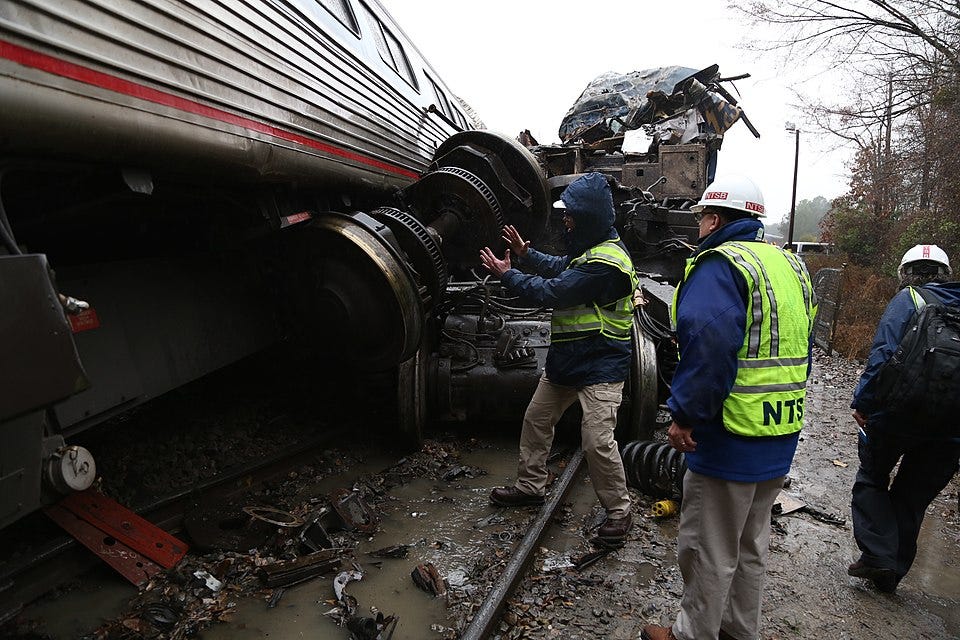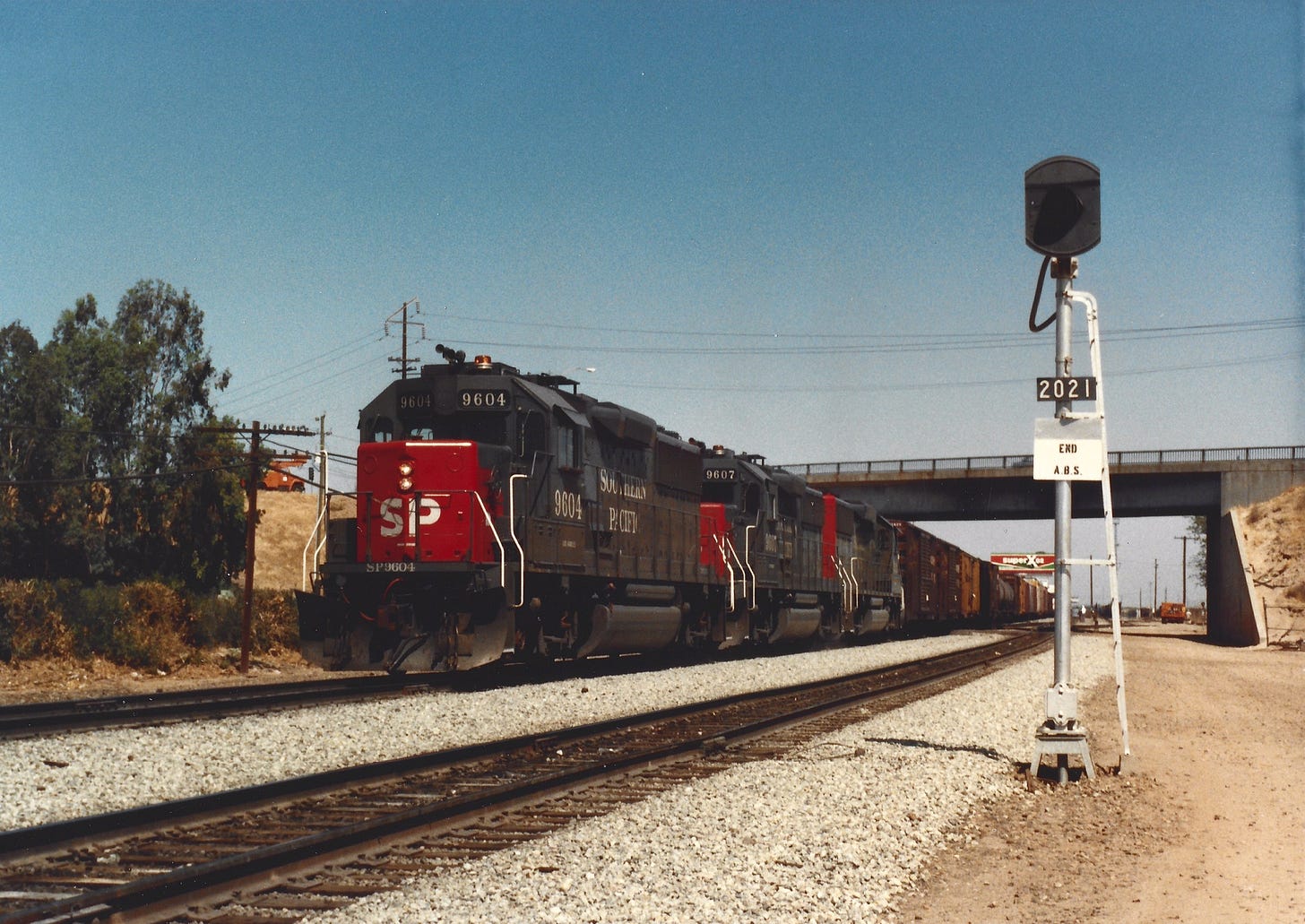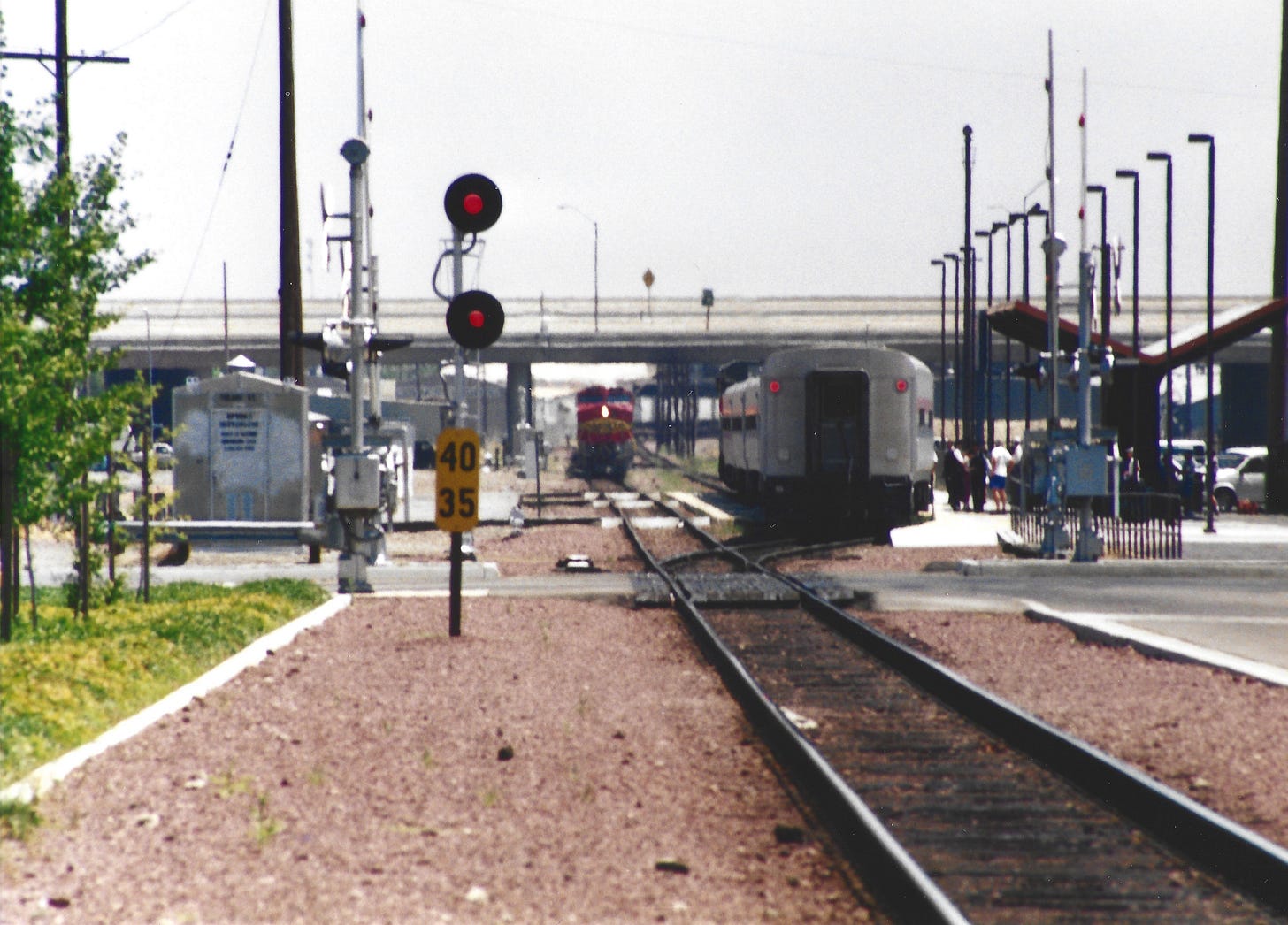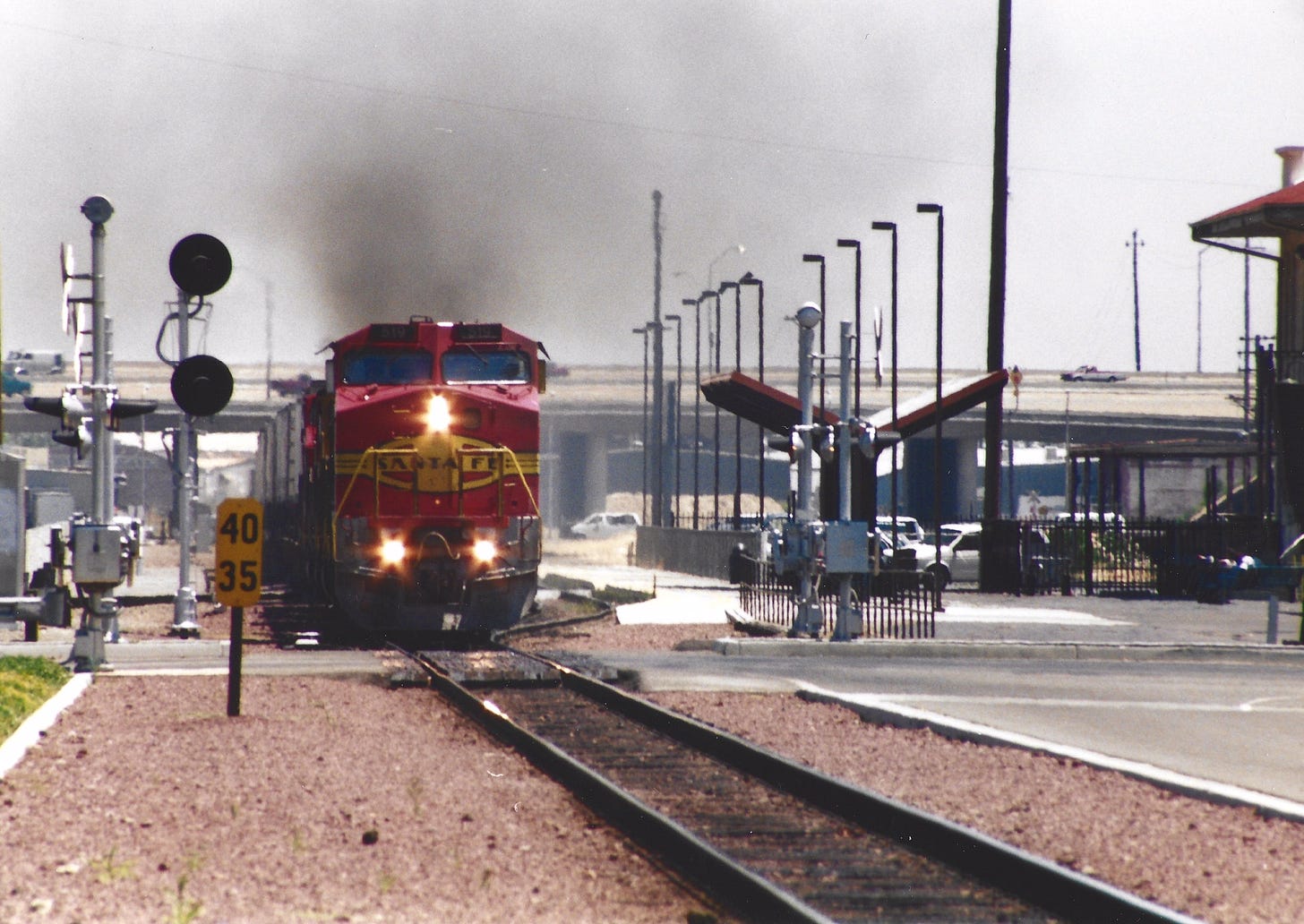Commentary: Collision-avoidance Capability Only As Strong As Weakest Link

Train-to-train — head-on, rear-end, broadside and side-swipe — collisions are, arguably, the most preventable of all transportation-based collisions — period.
These are events that are not infrequent, either. At least, that was the case prior to Positive Train Control (PTC) system hardware and software being installed and made operational on nearly 60,000 route-miles of track out of a U.S.-based network comprised of some 140,000 route-miles in all, stemming from a requirement arising out of an approved Congressional mandate requiring such and which was to become effective no later than December 31, 2020. Where PTC is not installed and operational, on the remaining approximately 80,000 or so route-miles of trackage, other precautionary measures must be taken to prevent train-to-train collisions and other types of human-error-prompted incidents from happening.
(The sequence of two photos below show: First, an Amtrak San Joaquin passenger train getting in the clear on the siding to the right while a northward Santa Fe intermodal train moves slowly up the main on approach toward the Tulare Street crossing in downtown Fresno; and second, the intermodal train is about to enter the crossing at Tulare Street, the lead locomotive having already reached the single-track section that extends from just south of Tulare Street to just south of Shaw Avenue in the northwest part of the city).
Positive Train Control: What It Is, Does
Satellite-based Positive Train Control technology is the most effective technological means presently employed in this country to prevent not only train-to-train crashes, but overspeed situations that could result in a derailment, incursions into on-track work zones and the possibility of a train running through a misaligned track switch. While PTC systems serve as an effective backup or backstop, it is not designed to replace locomotive or train operating personnel.
This is an area of railroading that I’ve been paying close attention to since at least 2006. That year a head-on happened not far from my home and one which is described in some detail in the sidebar section. (See (i) below).
Just in California alone between 1996 and 2008, there have been no fewer than seven train-to-train collisions, the September 12, 2008 head-on involving a Metrolink commuter train and a Union Pacific freight train outside the city of Chatsworth, being, by far, the most deadly. In that tragic collision, 25 lives were lost with injuries of varying severity being sustained by 135, this one incident considered and remembered as being one of the state’s worst rail disasters. And it wasn’t but a short-time thereafter, in the fall that same year, that a Burlington Northern & Santa Fe Railway freight train and a Metrolink commuter train were involved in a sideswipe collision in Rialto, California, all as a result of a signal at a control point being missed.
What is important to remember here is that the capability, technology exists — and has existed for many decades now — to prevent these kinds of incidents (ii) from taking place. And, that train-to-train collisions, occurrences of train overspeeding, work-zone incursion and misaligned switch run-through can each and all be prevented, that’s the bottom line.
(i) Presented here in this sidebar section is a rundown of human-error-caused train accidents occurring in California between years 1996 and 2006.
Here in the Golden State, on August 30, 1996 in the town of Beaumont, a Southern Pacific freight train heading east rear-ended a standing freight, hitting it at about 20 miles per hour.
In its Annual Report of Railroad Safety in California Calendar Year 1996, the California Public Utilities Commission (CPUC) found the “probable cause of the incident was the failure of the train crew to properly identify the signal aspect and act in accordance with the signal indication that required the train to proceed at a restricted speed.” (p. 11).
Then around two-and-a-half-years later on March 12, 1999 in the coastal community of Del Mar, a collision between two Coaster commuter trains occurred.
Once again, according to the CPUC, the collision was imminent. The engineer on the northward Coaster, “failed to stop short of a red signal governing movement over the main track at the east end of the Del Mar siding and struck the rear car of Coaster train number 641 heading into the siding ahead,” (Annual Report of Railroad Accidents Occurring in California, Calendar Year 1999, p. 8). A second such occurrence in Palm Springs on July 5, 1999 resulted in two Union Pacific freight trains colliding head on. Failure of the westward UP train crew to stop “at a red control signal,” was the identifying cause of this crash, a determination once more made by the CPUC. “The cause of this collision was Human Factors in the form of failure to comply with a signal requiring the train to stop,” (Annual Report of Railroad Accidents Occurring in California, Calendar Year 1999, p. 10). The common thread here was that human error was at blame in these collisions.
Furthermore, in 2002 in Placentia, a Burlington Northern & Santa Fe (BNSF) freight train plowed into a standing Metrolink train resulting in two fatalities. And much closer to my home in Fresno, a head-on on June 14, 2006 at Kismet, near Madera, involved two BNSF freight trains. Injuries to crewmembers aboard both trains resulted from this mishap.
(ii) I prefer to not call such incidents “accidents” because the word “accident” implies that such was unavoidable when clearly the opposite is true.

Updated: May 3, 2025 at 9:57 p.m. PDT.
Image credits: National Transportation Safety Board via Wikimedia Commons (1st); Alan Kandel (all others)
All material copyrighted 2025, Alan Kandel. All Rights Reserved.





